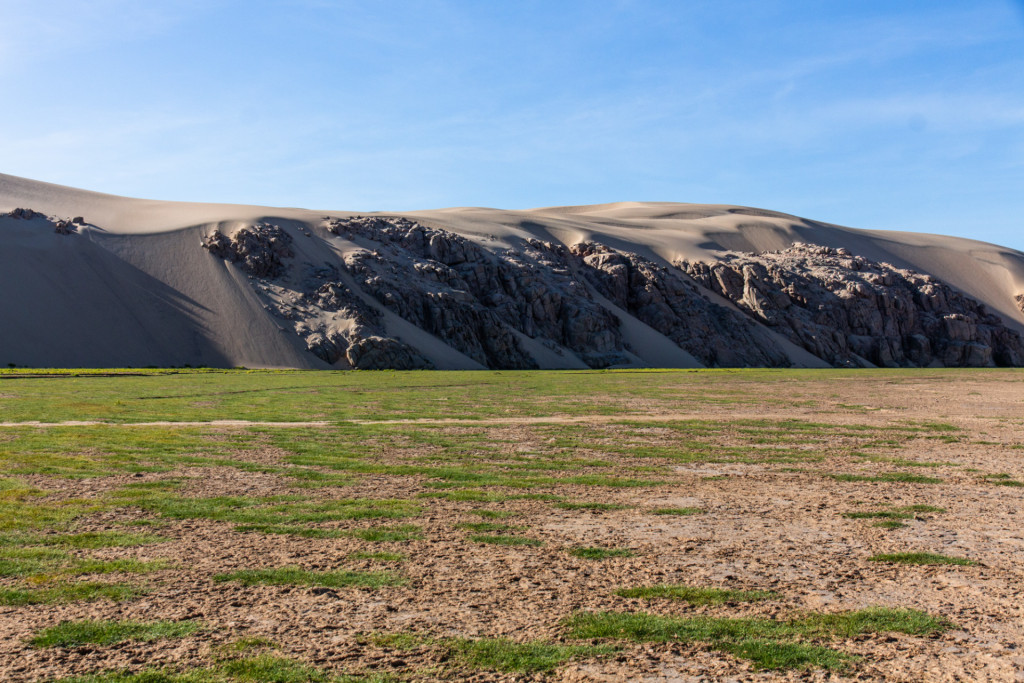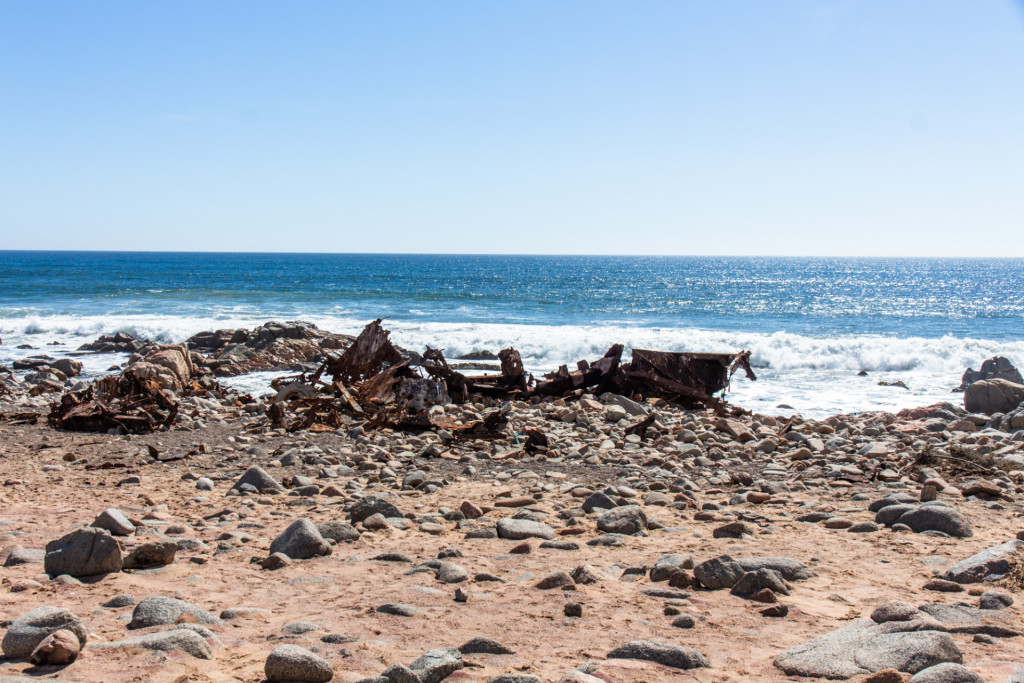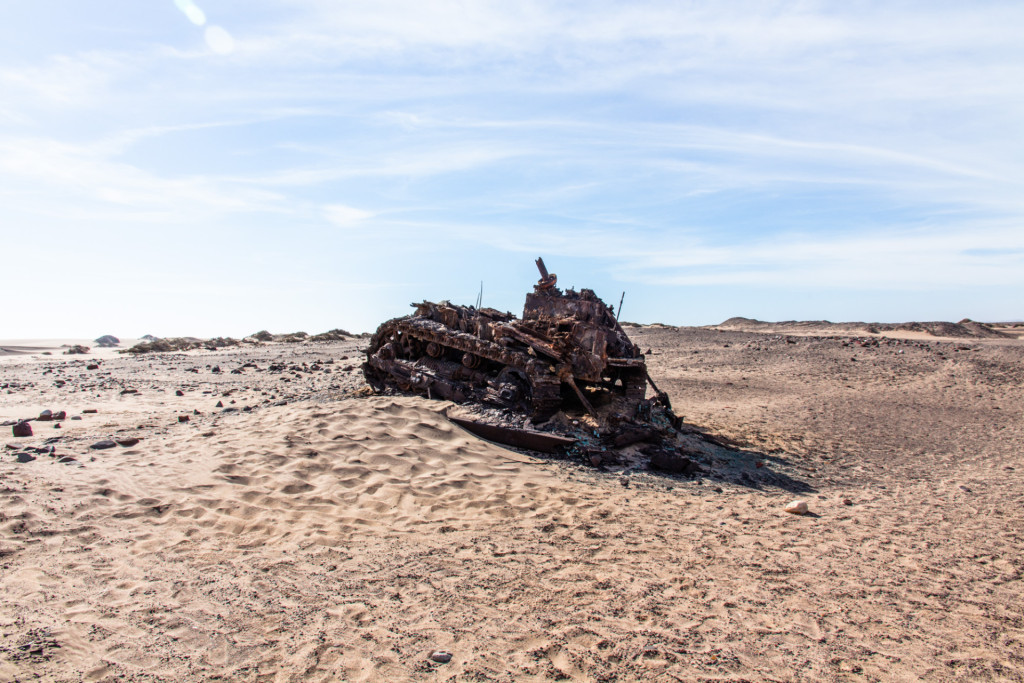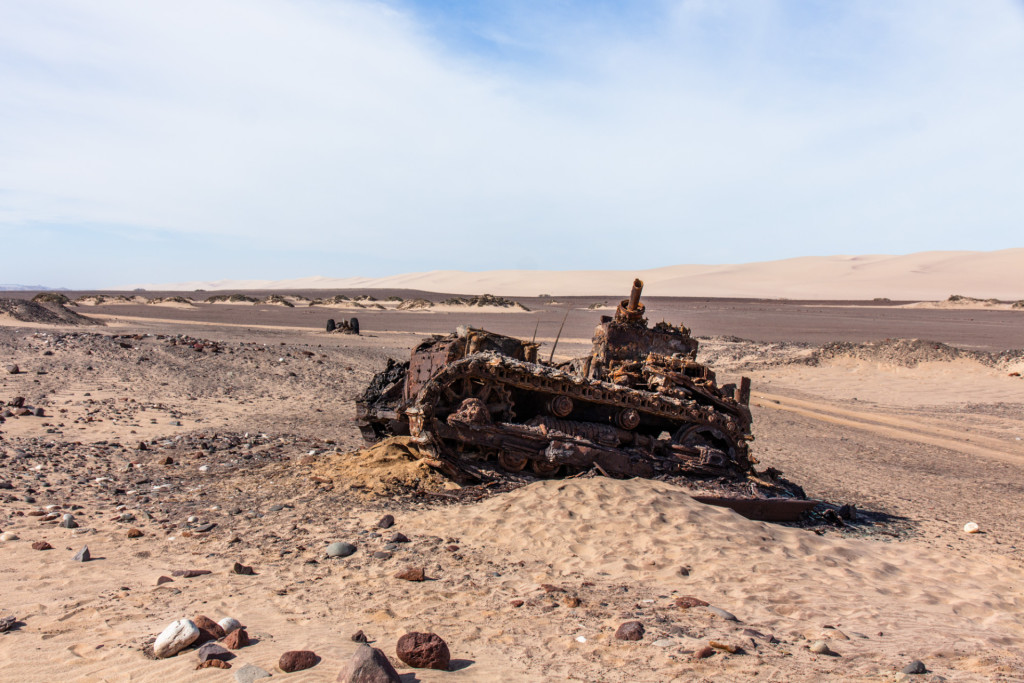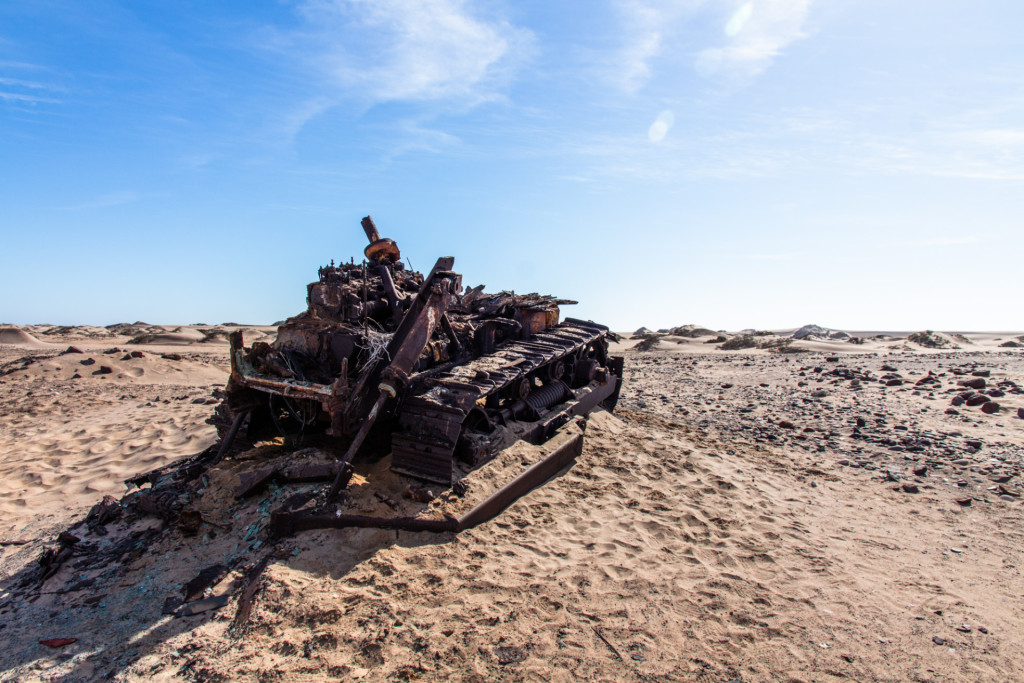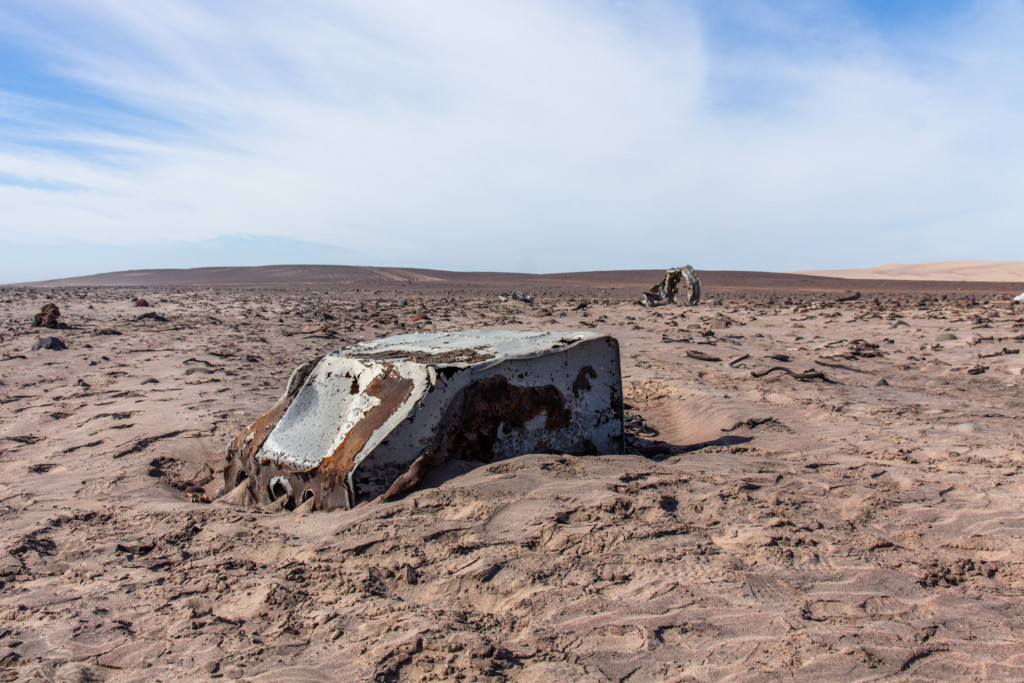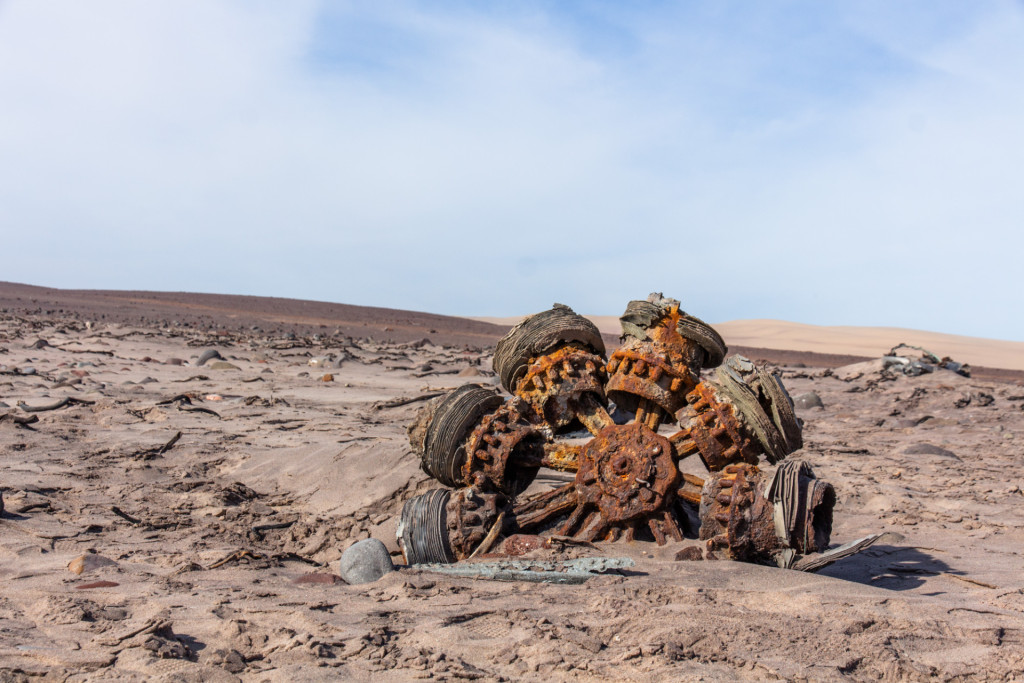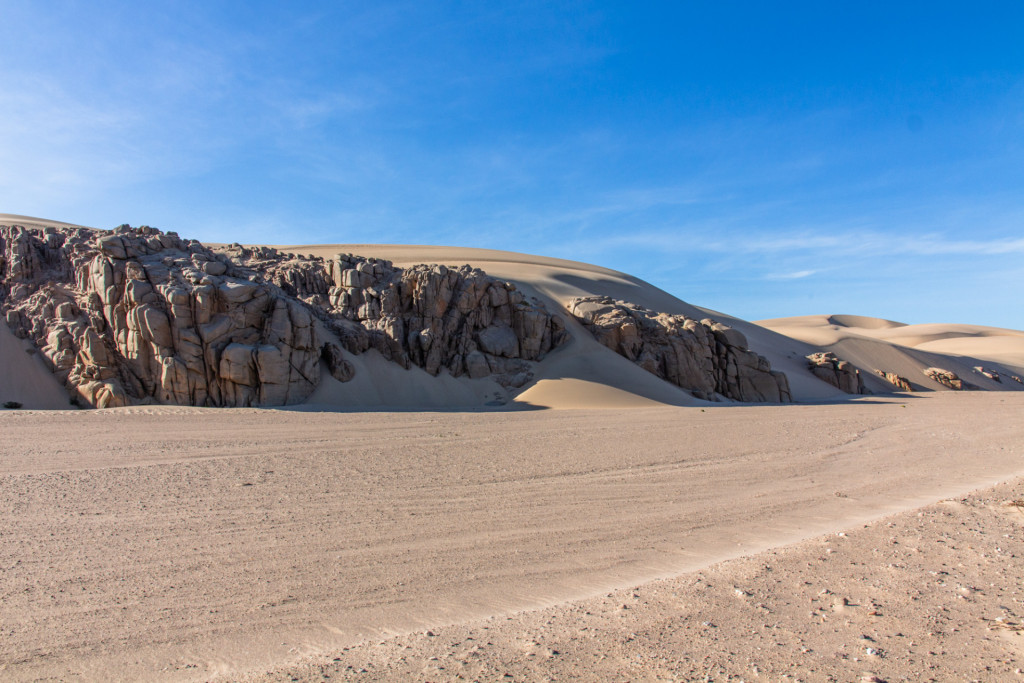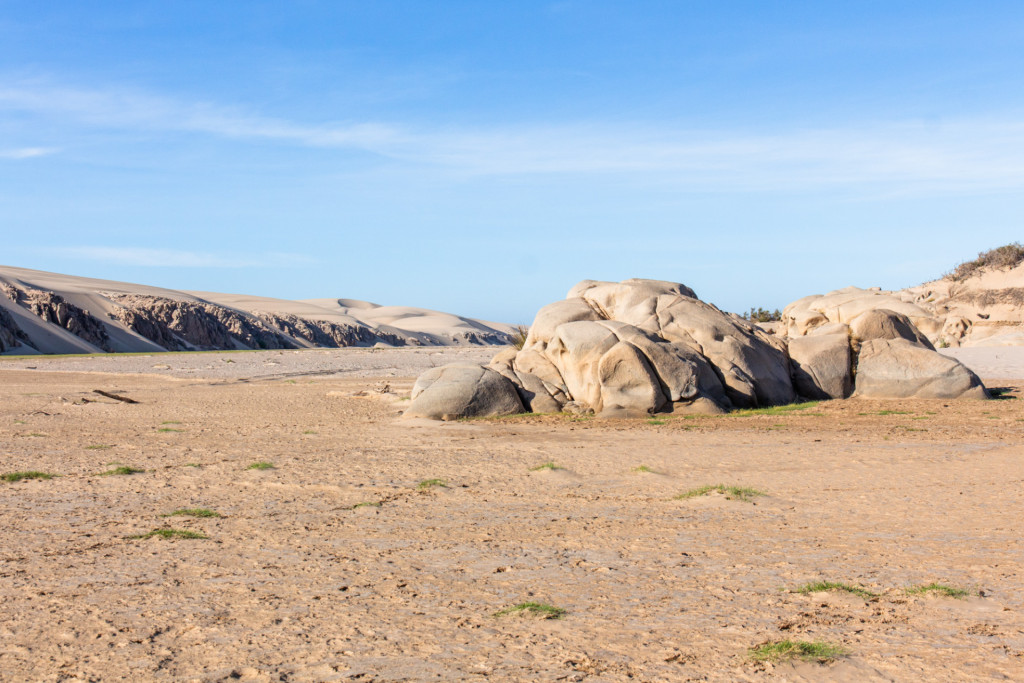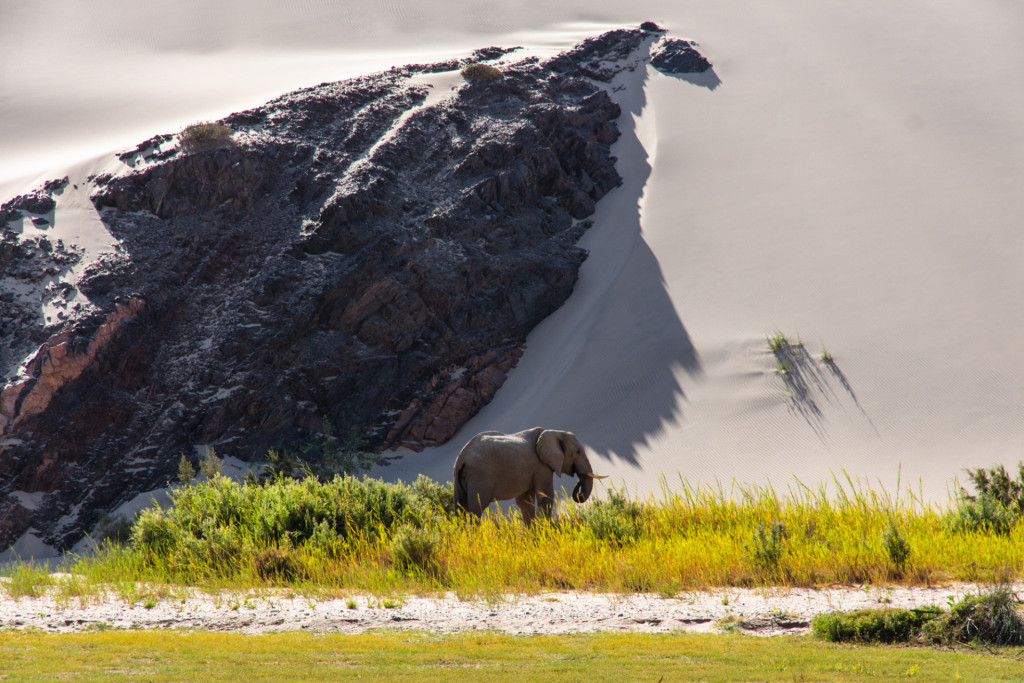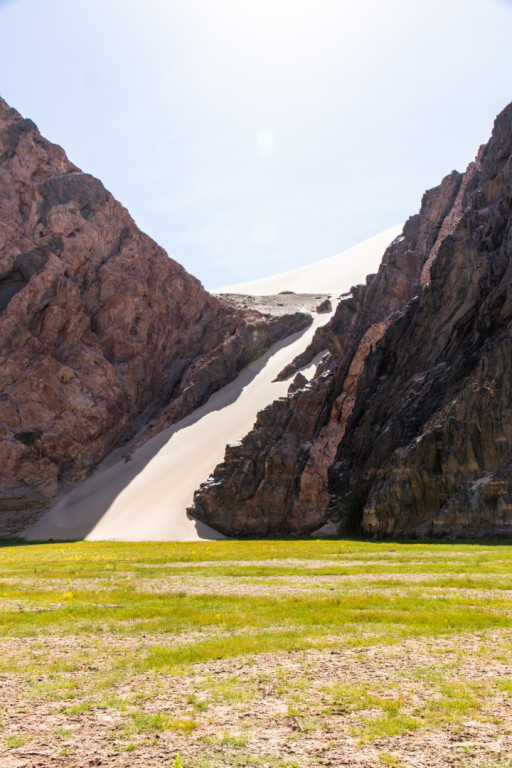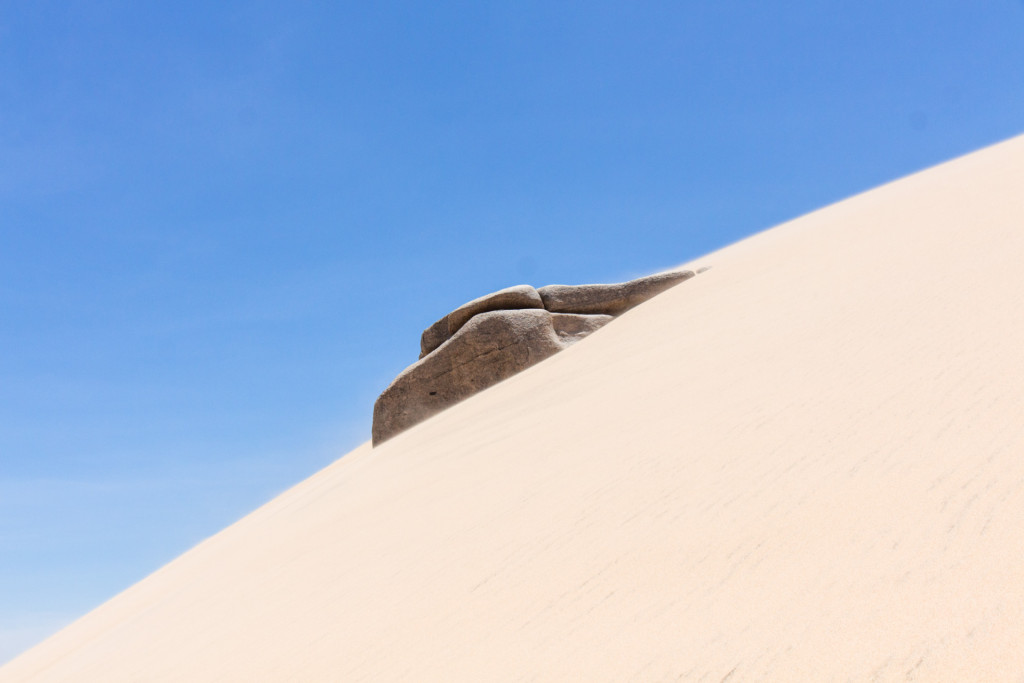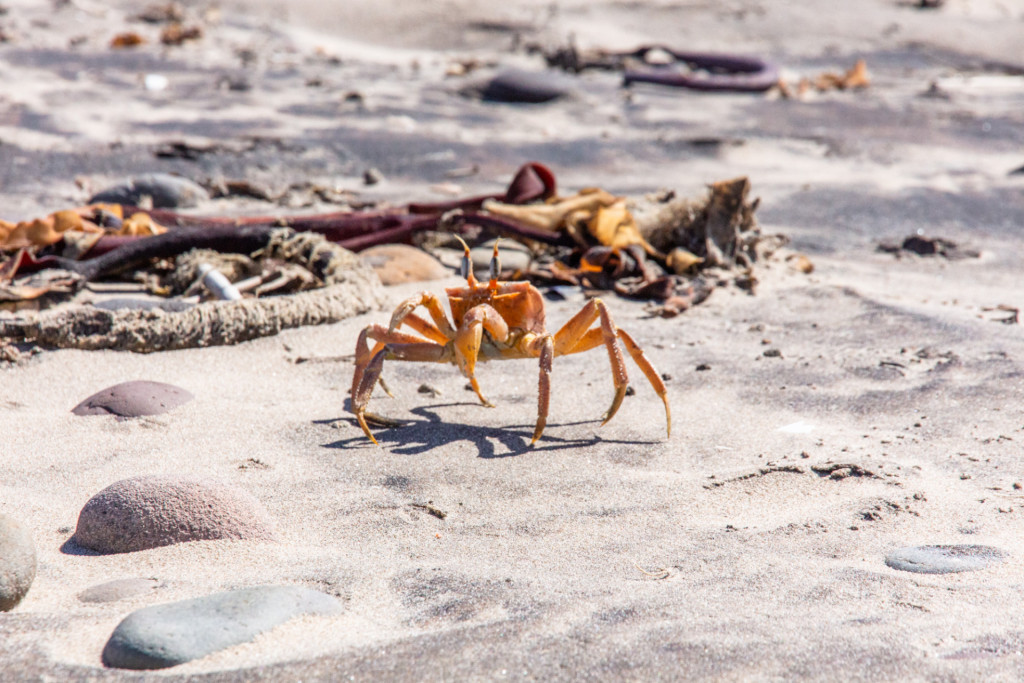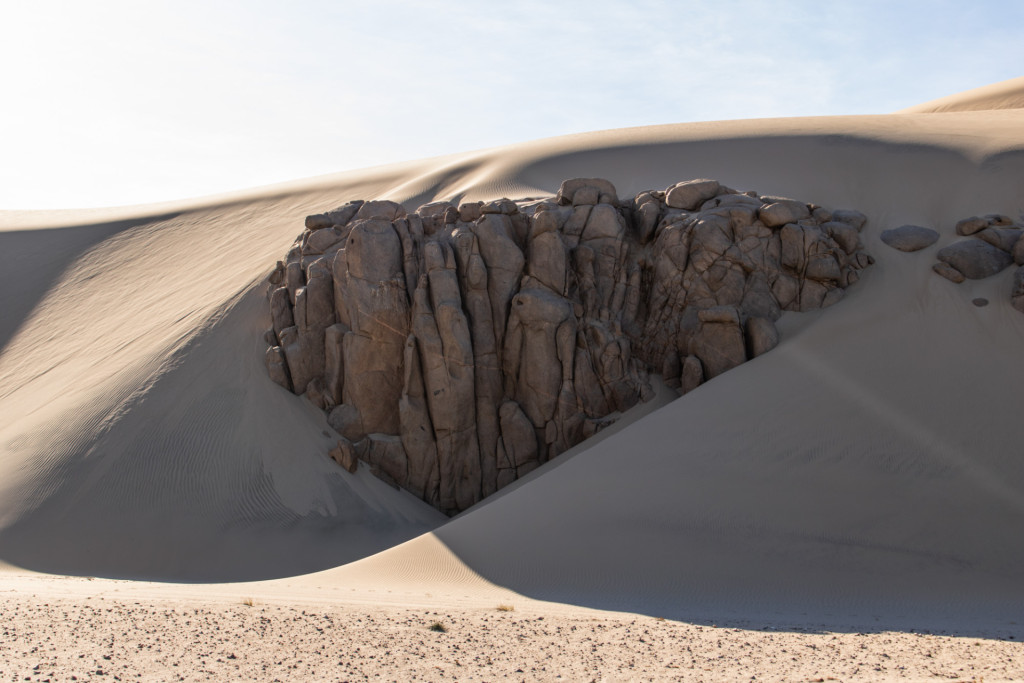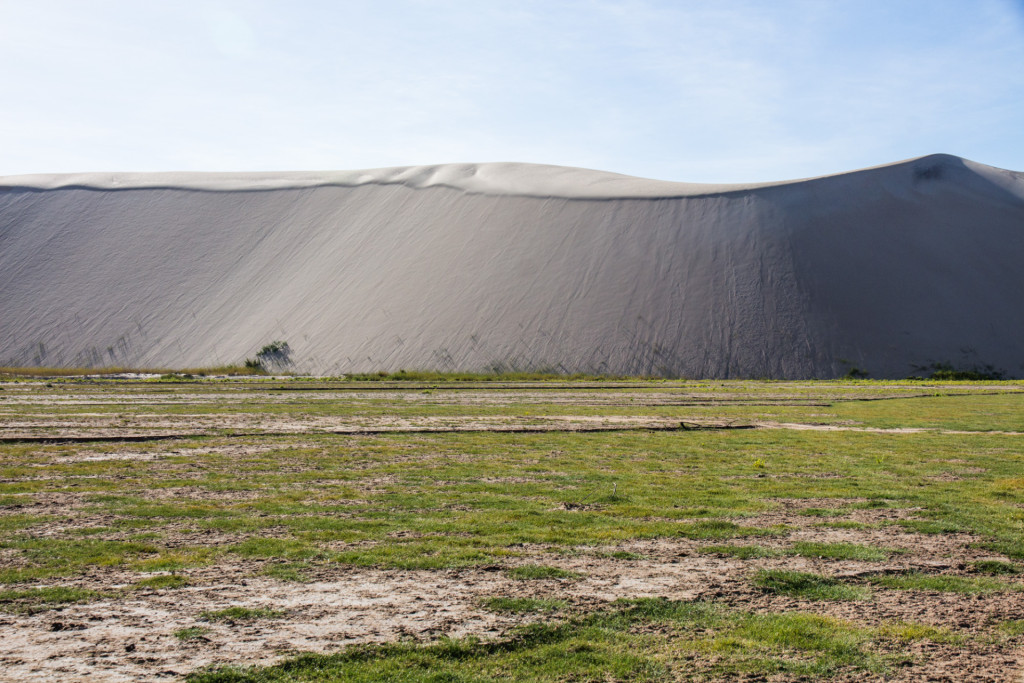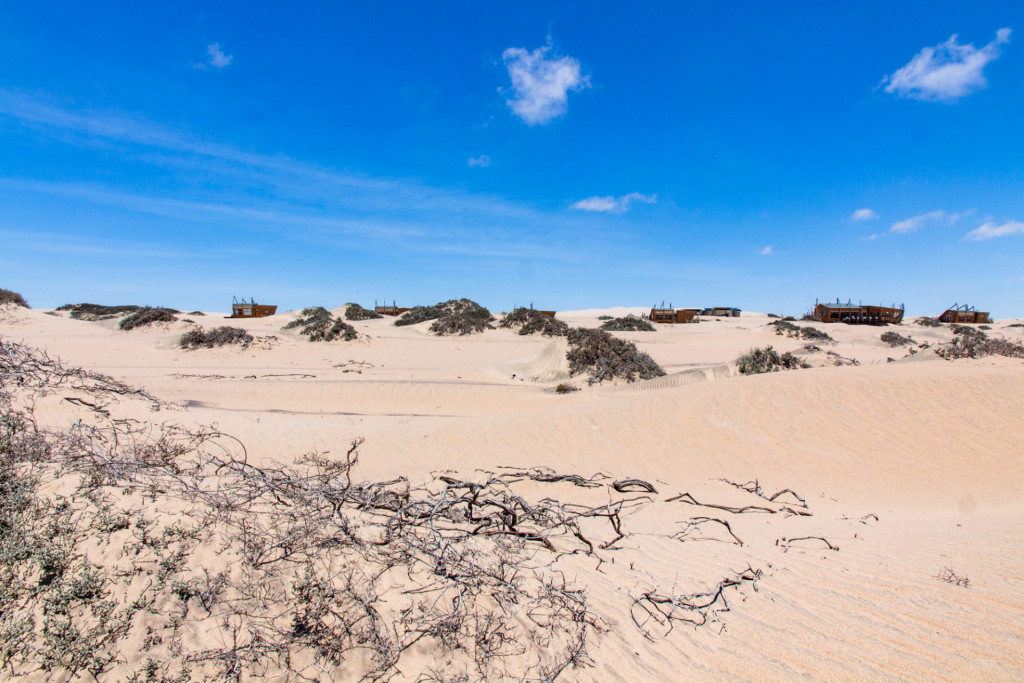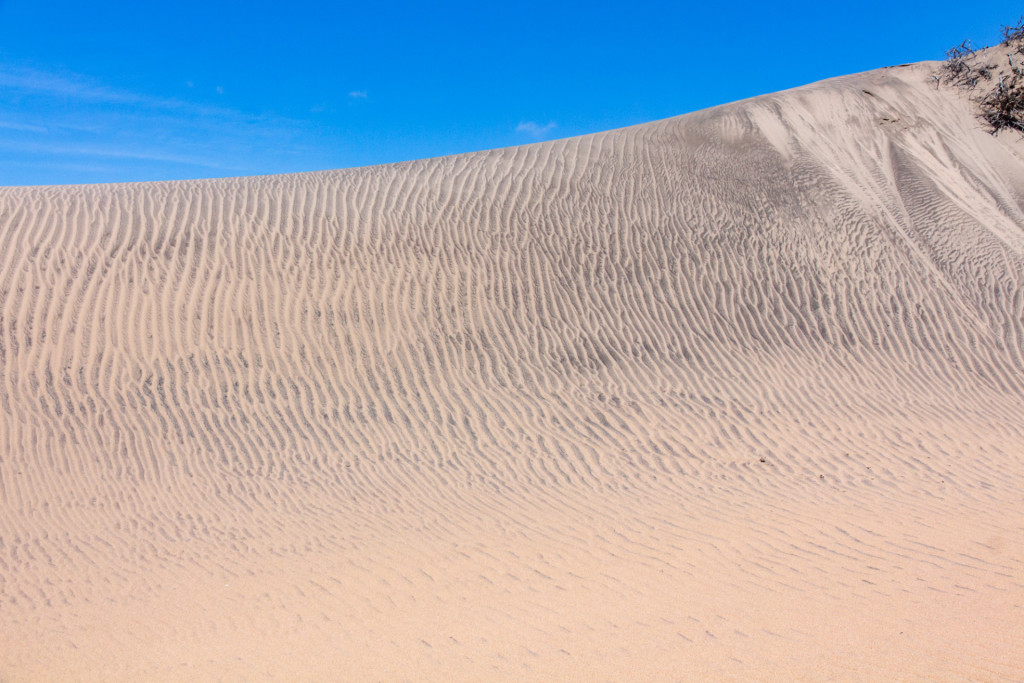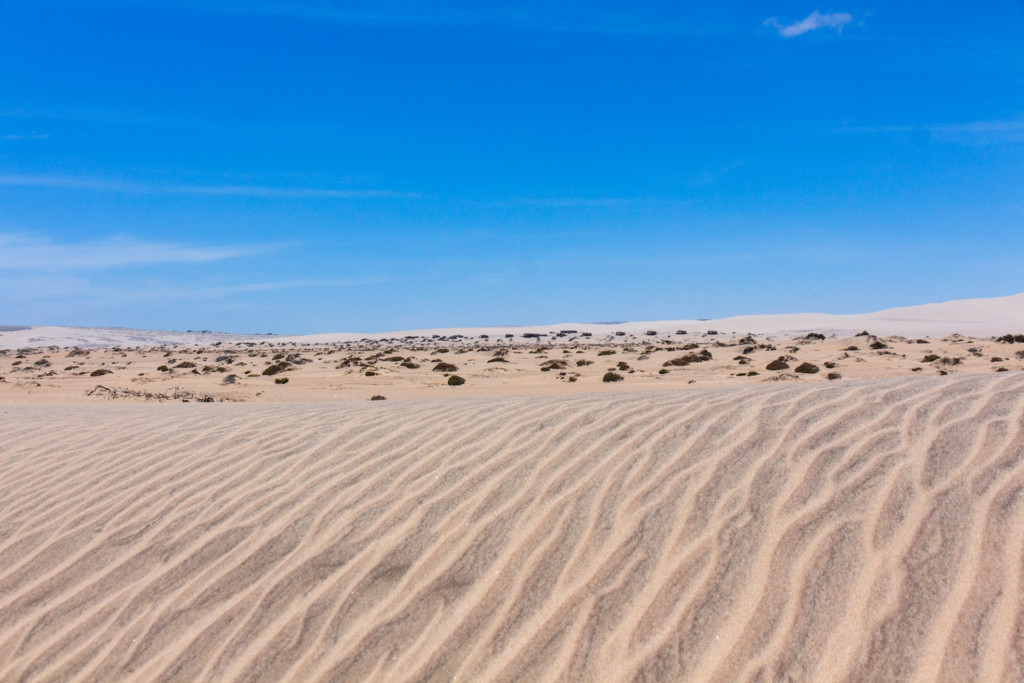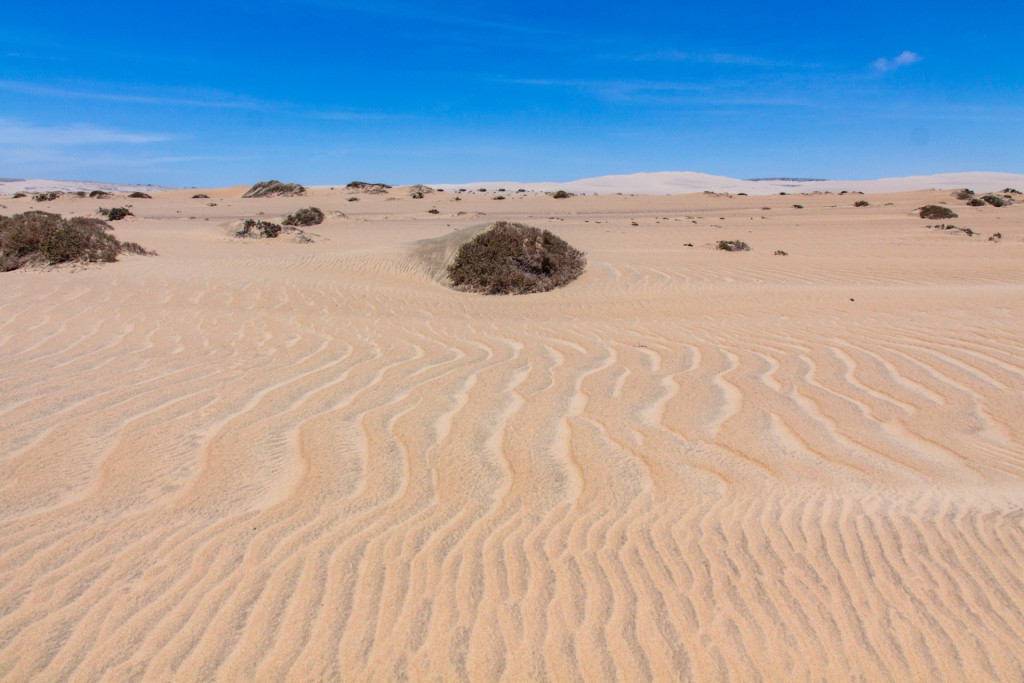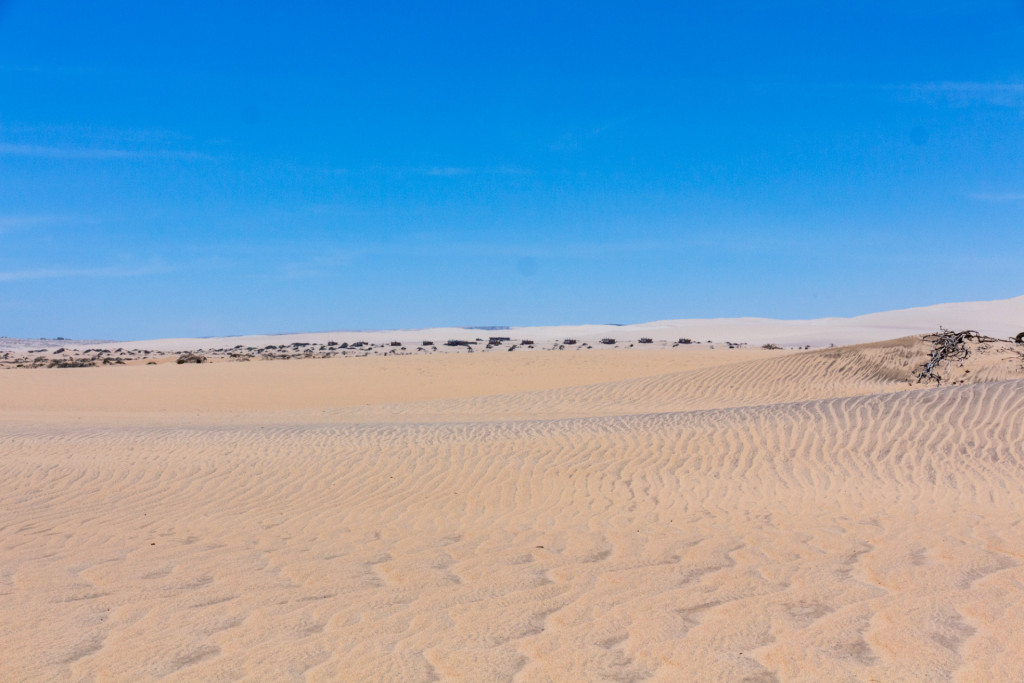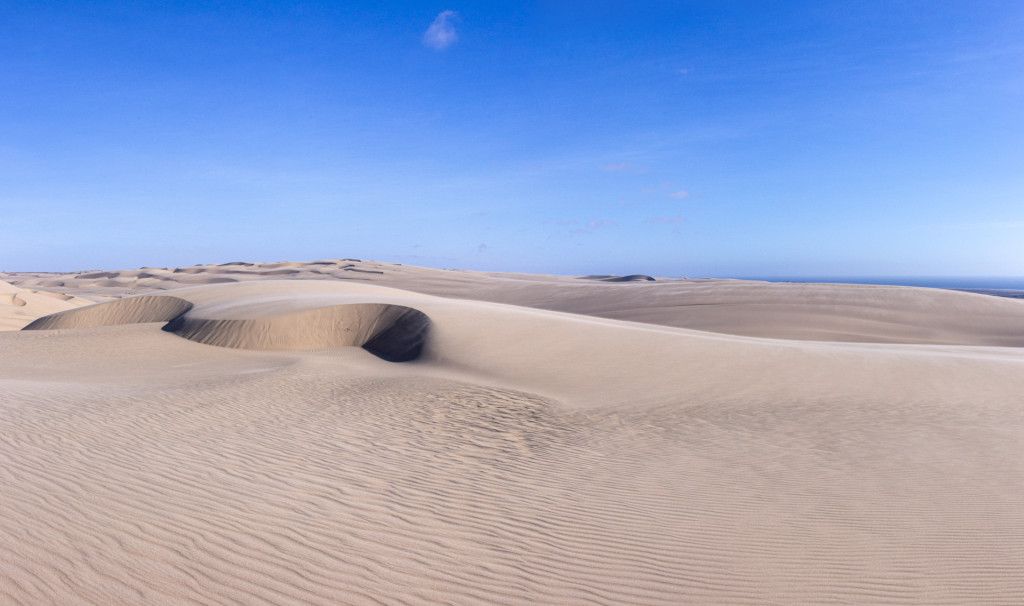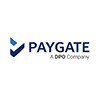The Skeleton Coast, a hauntingly beautiful stretch of coastline, extends from Angola all the way to the Swakop River, where it meets the coastal town of Swakopmund. This region has captivated the imagination of both the San Bushmen and Portuguese sailors, who referred to it as "The Land God Made in Anger" and "The Gates of Hell," respectively. The Skeleton Coast National Park, encompassing over 16,000 square kilometers, is named after the whale and seal bones that once scattered its shores from the whaling industry. Today, it is known for the skeletal remains of shipwrecks that have fallen victim to offshore rocks and fog, with notable wrecks like the "Eduard Bohlen," "Otavi," "Shawnee," "Zela," and "Dunedin Star."
Here are five important facts about filming at the Skeleton Coast:
National Park Jurisdiction
The Skeleton Coast falls within a national park, and thus, it is under the jurisdiction of the Ministry of Environment, Forestry and Tourism. To ensure compliance and obtain necessary permits, it is essential to liaise with the relevant authorities and adhere to any regulations or guidelines set forth by the park management.
Remote & Rural Location
The Skeleton Coast is a remote area and not in proximity to major towns or amenities. Filming in this region requires careful planning and preparation, as it lacks immediate access to the infrastructure and services typically found in urban areas.
Specifying Filming Locations
Given the vast expanse of the Skeleton Coast National Park, it is crucial to specify the exact location within the park where you intend to film. The park stretches from the Angolan border down to Swakopmund, offering diverse landscapes and potential filming sites. Identifying your desired location ensures a focused and efficient production process.
Restricted Areas & Protected Zones
It's important to note that certain areas in the northern part of the park are restricted for film crews, as they serve as protected zones. Familiarize yourself with the park's guidelines and regulations to ensure that you respect these restricted areas and maintain the ecological integrity of the region.
Travel Terrain & Vehicle Requirements
Within the Skeleton Coast National Park, only gravel roads and 4-wheel drive vehicles are suitable for travel. It is crucial to equip your vehicles appropriately for off-road conditions, including recovery gear and multiple spare wheels. Navigating the challenging terrains of the park requires preparedness and a reliable transportation setup.
Filming at the Skeleton Coast offers a unique opportunity to capture the rugged beauty and enigmatic atmosphere of this awe-inspiring location. As you venture into this remote and captivating environment, immerse yourself in the raw nature and evocative history that defines the Skeleton Coast. Remember to engage with local authorities, respect the protected areas, and preserve the delicate balance between filmmaking and the pristine natural surroundings.
